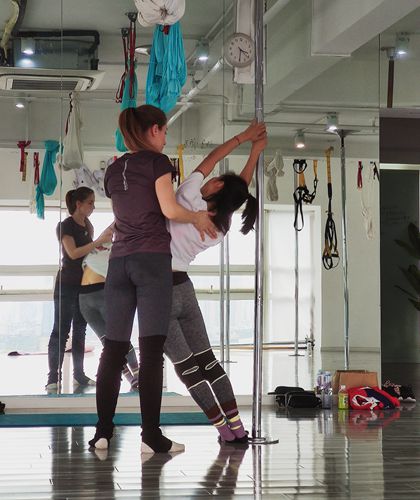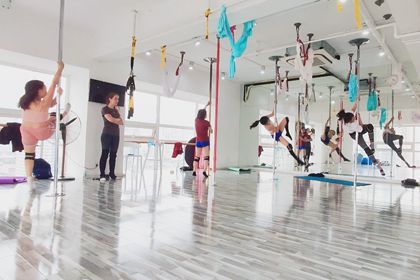- info@chinaadventure.org
- 86-18008011324
- Search
Nowadays, many people believe that pole dance is exclusively striptease. Then who can be actually engaged in such kind of art? But let's turn to the origin story. For the first time in history, sports dance on the pylon was mentioned several thousand years ago. People using pole for strength training or ritual dance were mentioned even within the limits of Sumerian culture, mythology of Rome, Egypt and other civilizations.


This sport has been around since the 12th century AD, at the time of the Indian variety of Mallakhamb yoga (mallar-kambam). Mallahamb is a traditional Indian sport, which performs dynamic (acrobatic) and static (yoga) exercises, practice strength and endurance training on a vertically positioned wooden pole.


The Chinese pylon is known as one of the spectacular practices of Shaolin monks as well as Chinese circus arts. This is the direction in which monks or circus artists demonstrate acrobatic tricks on parallel vertical poles. The centuries-old work of circus stuntmen of the Middle Ages also plays an important role in the birth and development of modern dance on the pylon. Stuntmen have traveled the world for centuries, learning from different cultures, exchanging knowledge and inventing new tricks on wooden and cast-iron sticks.


In the 20th century, pole dance is gaining popularity as a dance variety show direction with elements of acrobatics. There are world federations (World Pole Dance Federation International, International Pole Dance and Fitness Association), tournaments and stars. And at the beginning of the 21st century on the basis of pole dance there was a separate sports direction - sport on a pylon.

we’ll reply you in 24 hours!
Copyright © 2012-2024 All Rights Reserved to chinaadventure.org